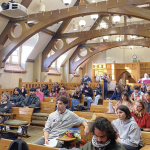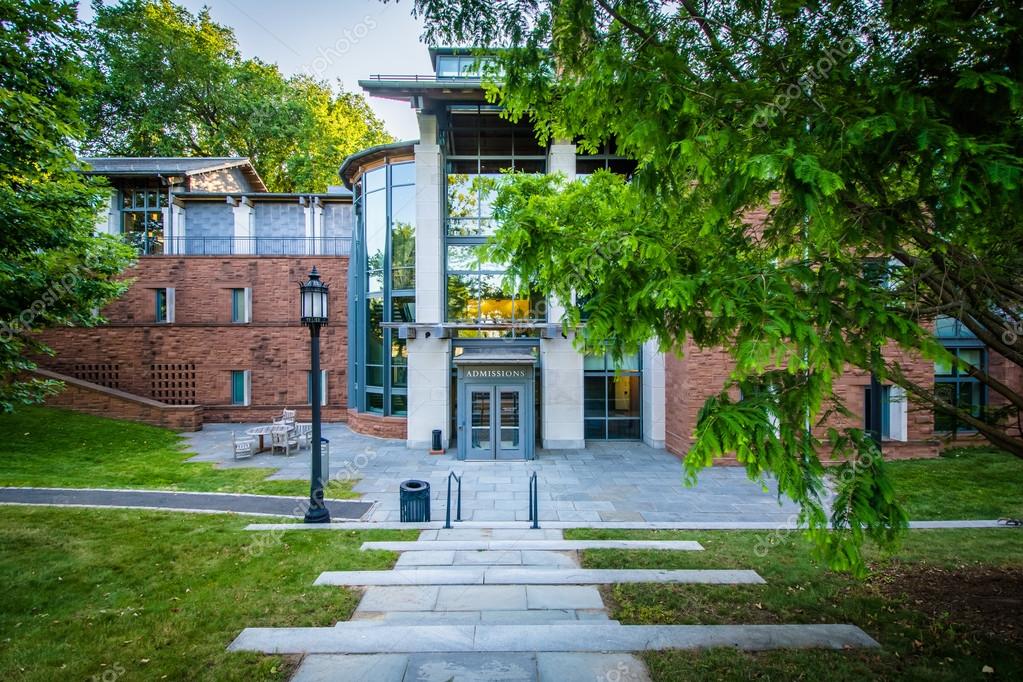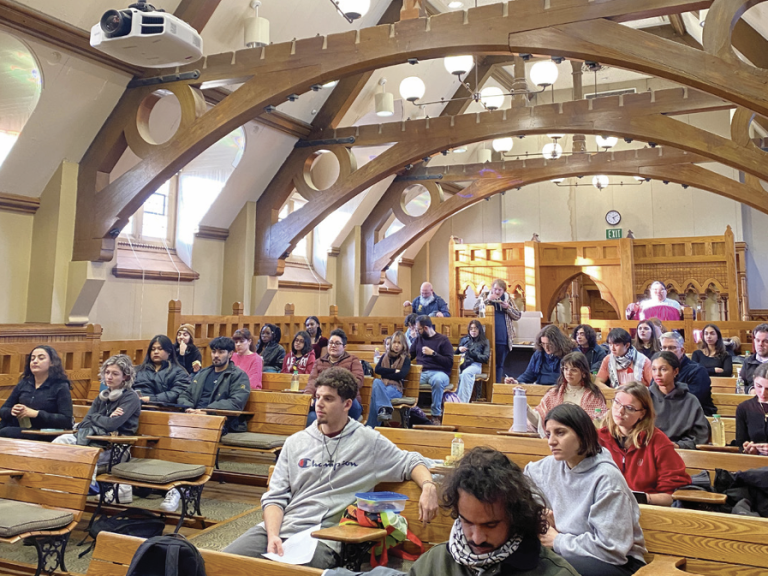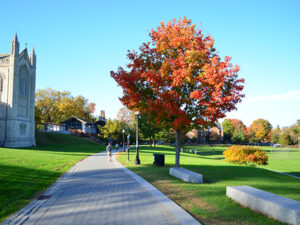Melina Korfonta ’25
Staff Writer
Trinity ranked #104 in the 2022 Wall Street Journal/Time Higher Education (WSJ/THE) college rankings, a drop of twelve from last year’s #92. Trinity received an overall score 66.2/100 on the WSJ/THE‘s scale with similar survey results. 6.2/10 students surveyed said that if they started over again, they would still pick Trinity. 6.6/10 students say that Trinity provides “an environment where you feel you are surrounded by exceptional students who inspire and motivate you”. 6/10 students also feel that Trinity is worth the cost.
Reacting to the rankings, Vice President for Student Success and Enrollment Management Joe DiChristina told the Tripod that “While Trinity has seen an improvement in its graduation rate (Trinity’s most recent six-year graduation rate for the cohort entering in 2025 and graduating in 2021 is 85%), the 2022 WSJ/THE rankings uses an older cohort that does not reflect this improvement.” He noted that Trinity’s retention rate is at a 10-year high of 91.4% and the survey data for the WSJ/THE rankings are “at least two years old.”
The WSJ/THE rankings utilize a specific methodology that explores four key areas: Resources (30%), Engagement (20%), Outcomes (40%), and Environment (10%). Resources asks, “Does the college have the capacity to effectively deliver teaching?”, breaking the category up into three sub-categories: finance per student (11%), faculty per student (11%), and research papers per faculty (8%).
Engagement asks, “Does the college effectively engage with its students?”, where most of the data in this area are gathered through the THE US Student Survey. This percentage is broken down into four sub-categories: student engagement (7%), student recommendation (6%), interaction with teachers and students (4%), and number of accredited programs (3%).
Outcomes asks, “Does the college generate good and appropriate outputs? Does it add value to the students who attend?”, breaking up the percentage by graduation rate (11%), value added to graduate salary (12%), debt after graduation (7%), and academic reputation (10%). Environment asks, “Is the college providing a good learning environment for all students? Does it make efforts to attract a diverse student body and faculty?”, by splitting the percentage into four areas: proportion of international students (2%), student diversity (3%), student inclusion (2%), and staff diversity (3%).
With the exception of Connecticut College (ranked #109), Trinity is the lowest-ranked NESCAC institution in this year’s rankings. This also holds true for the U.S. News and World Report rankings for 2022 which placed Trinity at #46 earlier this year. Other colleges in Trinity’s peer group, including Amherst (#19), Williams (#23), and Middlebury (#40) continue to place ahead in the WSJ/THE rankings.
In her address to faculty last week, President of the College Joanne Berger-Sweeney indicated that improving the College’s rankings are one of the goals developed by the President’s Commission for the Future. Vice President for Student Success and Enrollment Management Joe DiChristina did not reply to the Tripod’s request for comment.
This article was updated on Wednesday, Oct. 27th to include comment from DiChristina.







+ There are no comments
Add yours